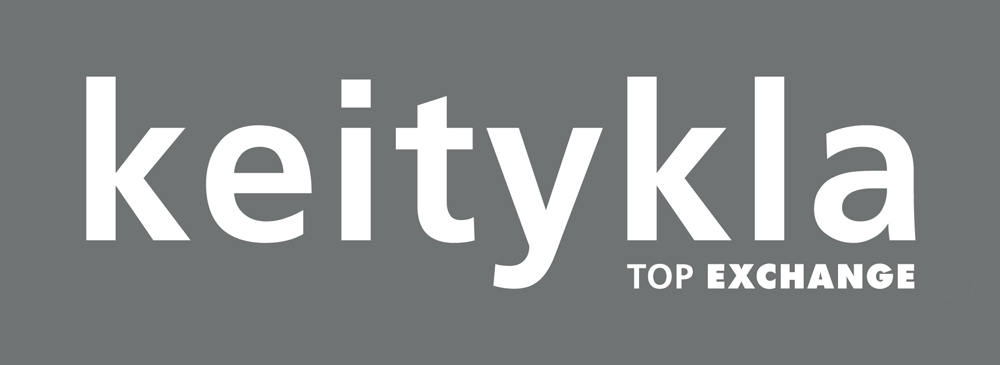Museum of old equipment (read)
Sound background: Rūta Pociutė, Margarita Gaubytė, Lauksmina Kriščiūnaitė, Laima Kryževičiūtė, Vaidas Lengvinas, Aušra Morkūnaitė, Milda Paškauskaitė, Vilnius city folklore ensemble "Virvytė"
All panoramas of this object: Museum of old equipment (3)
Description
The museum of ancient equipment in Smalininkai was opened in 2004. Not only antique examples of technology are gathered here, but also historical materials of this region . Justinas Stonys, a founder of this museum, has used antiques, which were saved for establishment of this museum: documents, books and old things, which have belonged to his parents and grandparents.
During the establishment of the museum, in some years time, exhibits were searched and bought or received as a gift in Kaipėda region and in whole Lithuania. In this way, there were gathered about 7000 exhibits which mirrored farming, the mode of life, handicrafts and technology development. This includes various old internal combustion engines, tractors and transport equipments, electrical, radio, photo, video and other antique equipments. Together there are exhibited other antiques, starting with a meat grinder and finishing with calculators. Using the accumulated artifacts, there can be demonstrated 34 ancient manufacturing techniques and 19 handicrafts: starting with a popular and all-known beekeeping handicraft and finishing with an extraction of iron from ore scores (this technology was recreated in Kaunas technological university and was offered to install in to Smalininkai museum of ancient equipment). Also, there are intensively gathering cultural heritage examples linked with education, technological development and Lithuanian history. Exhibitions are constantly enlarged with new exhibits. This museum is established in homestead in the town with beautiful surrounding. There are a lot of trees and other green plantations, rest area, a pond, where you can go boating, burn scrap and build a tent.
The museum is opened for collectors presented exhibits. There is possibility to exchange exhibits with other, similar profile museums. As many exhibits are made in Germany and Russia, the museum would like to network with these counties’ museums.


